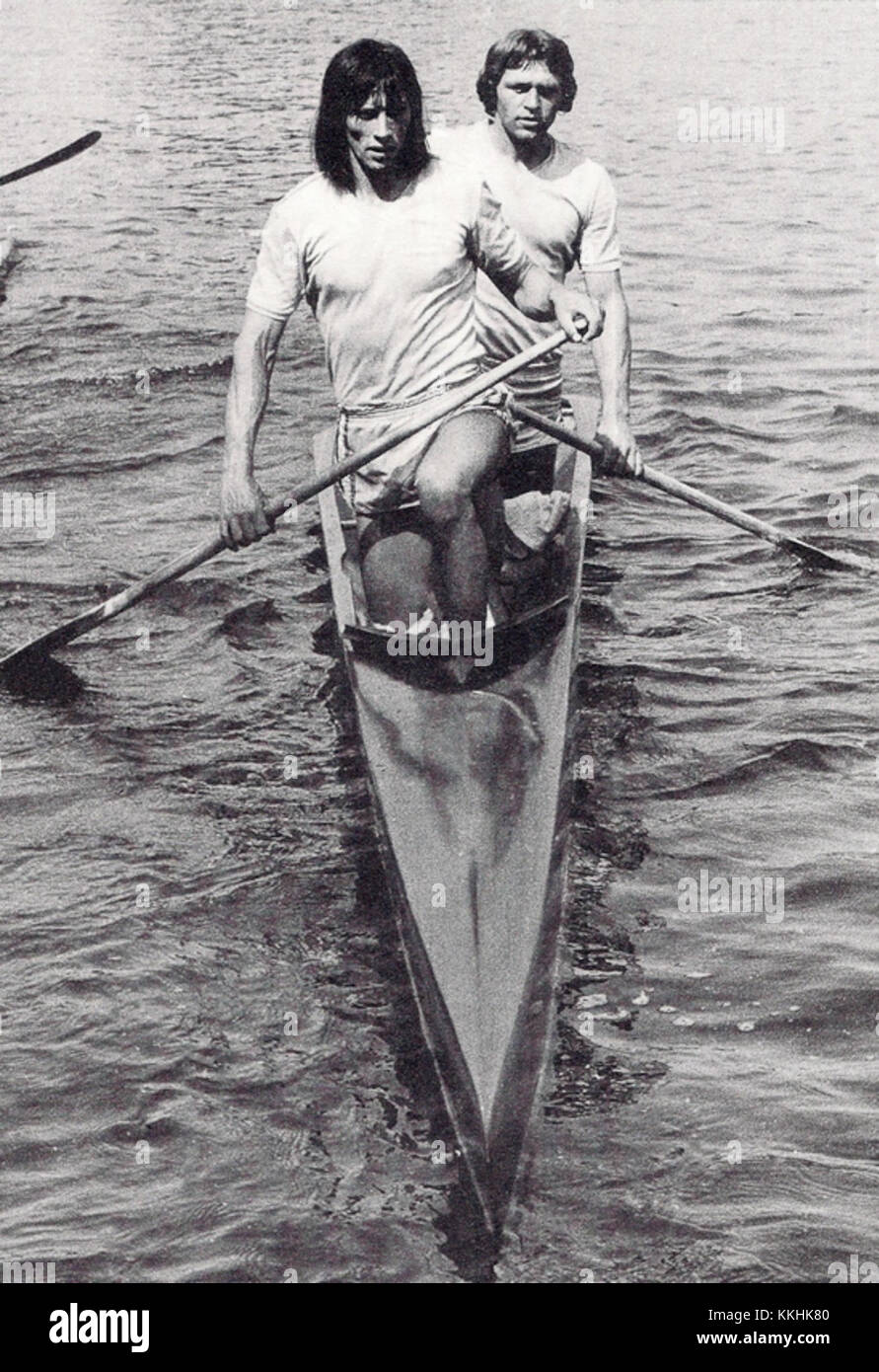
Canoeing Fitness Plan: A Comprehensive Guide
Canoeing is a fantastic way to enjoy the outdoors, but it also requires a good level of fitness. Whether you’re a seasoned paddler or just starting, a dedicated fitness plan can significantly enhance your performance, endurance, and overall enjoyment of the sport. This comprehensive guide outlines a tailored plan to help you achieve your canoeing fitness goals.
Understanding the Demands of Canoeing
Canoeing is a full-body workout that engages various muscle groups. The primary movements involve paddling, which requires strength and endurance in your shoulders, back, core, and legs. Maintaining balance and stability also plays a crucial role, demanding strength and coordination. Additionally, prolonged paddling can lead to fatigue, requiring excellent cardiovascular fitness.
Assessing Your Current Fitness Level
Before diving into a fitness plan, it’s crucial to assess your current fitness level. This helps you tailor the plan to your capabilities and avoid potential injuries. Consider these factors:
- Cardiovascular fitness: How easily do you get breathless during moderate-intensity activities?
- Upper body strength: Can you comfortably perform push-ups, pull-ups, or rows?
- Core strength: Do you have good posture and stability?
- Lower body strength: Can you comfortably perform squats and lunges?
- Flexibility: How flexible are your shoulders, back, and legs?
Components of a Comprehensive Canoe Fitness Plan
A well-rounded canoe fitness plan incorporates several key components:
- Cardiovascular Training:
- Endurance runs: Running builds cardiovascular endurance, crucial for long paddling sessions. Start with shorter runs and gradually increase distance and intensity.
- Cycling: Cycling is a low-impact alternative to running that improves cardiovascular fitness without excessive stress on joints.
- Swimming: Swimming is a full-body workout that improves cardiovascular fitness and upper body strength, beneficial for canoeing.
- Strength Training:
- Upper body: Focus on exercises targeting the shoulders, back, biceps, and triceps. Include pull-ups, rows, push-ups, and dumbbell presses.
- Core: A strong core is vital for stability and balance in a canoe. Exercises like planks, crunches, and Russian twists are essential.
- Lower body: While less crucial than upper body strength, strong legs provide stability and power for paddling. Include squats, lunges, and deadlifts.
- Flexibility and Mobility:
- Stretching: Regular stretching improves flexibility, preventing injuries and enhancing range of motion. Focus on stretches for the shoulders, back, and legs.
- Yoga: Yoga improves flexibility, balance, and core strength, all vital for canoeing.
- Canoe-Specific Training:
- Practice paddling: Regular paddling practice is essential to develop technique and build endurance. Start with shorter sessions and gradually increase the duration.
- Dryland paddling: Simulate paddling movements on land using resistance bands or specialized equipment to build strength and technique.
Sample Weekly Fitness Plan
This sample plan caters to intermediate fitness levels. Adjust the intensity and duration based on your individual assessment:
Monday: Cardiovascular training (30 minutes running or cycling)
Tuesday: Strength training (focus on upper body: pull-ups, rows, push-ups)
Wednesday: Rest or active recovery (light yoga or stretching)
Thursday: Strength training (focus on core and lower body: planks, squats, lunges)
Friday: Cardiovascular training (30 minutes swimming or cycling)
Saturday: Canoe-specific training (1-2 hours of paddling)
Sunday: Rest or active recovery (light walk or stretching)
Progression and Monitoring
As your fitness improves, gradually increase the intensity and duration of your workouts. Track your progress by monitoring your performance in paddling sessions, strength training, and cardiovascular exercises. Note your improvement in endurance, strength, and flexibility.
Nutrition and Hydration
Proper nutrition and hydration are essential for optimal performance. Consume a balanced diet rich in carbohydrates, proteins, and healthy fats to fuel your workouts and recovery. Stay hydrated by drinking plenty of water throughout the day, especially before, during, and after paddling sessions.
Rest and Recovery
Adequate rest and recovery are crucial to prevent overtraining and injuries. Allow your body sufficient time to recover between workouts. Incorporate rest days into your weekly schedule and prioritize sleep.
Safety Precautions
Always prioritize safety during your training. Warm up before each workout to prepare your muscles and cool down afterward to promote recovery. Listen to your body and stop if you experience any pain or discomfort.
Conclusion
A dedicated canoe fitness plan can significantly enhance your paddling experience. By incorporating cardiovascular training, strength training, flexibility exercises, and canoe-specific drills, you can improve your performance, endurance, and overall enjoyment of the sport. Remember to assess your current fitness level, tailor your plan accordingly, and prioritize safety and recovery. With consistent effort and dedication, you can achieve your canoeing fitness goals and enjoy the thrill of paddling to the fullest.



